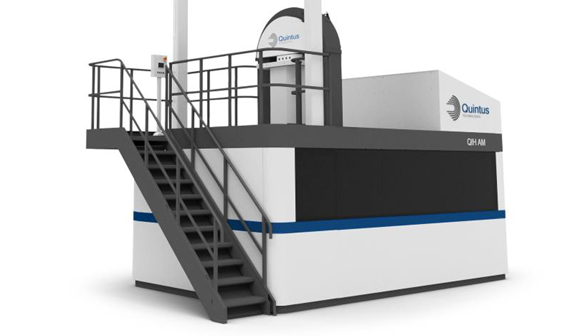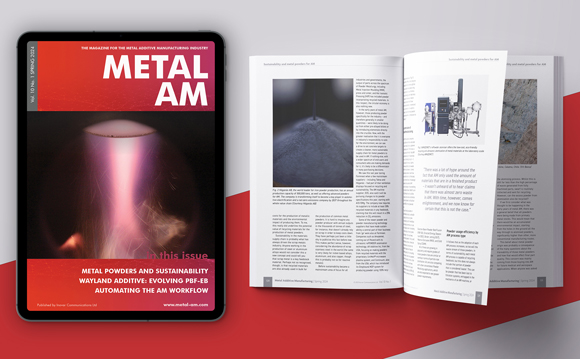Quintus launches new Hot Isostatic Press for the Additive Manufacturing industry
May 15, 2019

Quintus Technologies launches new Hot Isostatic Press; the QIH 60 M URC® (Courtesy Quintus)
Quintus Technologies, Västerås, Sweden, has launched a new Hot Isostatic Press (HIP) targeted to meet the needs of the Additive Manufacturing industry. The new QIH 60 M URC® will reportedly accelerate the Additive Manufacturing process by reducing the number of steps in the production line. The new model combines heat treatment and cooling in a single process for faster throughput and higher work piece quality.
According to Quintus, the QIH 60 features digital controls for precise heating and cooling performance and has been designed to integrate with Industry 4.0 and factory of the future connectivity. The QIH 60 operates at a maximum temperature of 1400°C (2552°F) and pressure of 30,000 psi (2,070 bar) when using the molybdenum furnace. Graphite furnace options are also available for temperatures up to 2000°C (3632°F). The working dimensions of the vessel are 410 mm (16.14”) in diameter and 1000 mm (39.37”) in height, with a capacity of 600 kg (1,322 lbs) per load, allowing loading of full build plates from the majority of printers.
The company states that its wire-winding technology is recognised as the most reliable and durable pressure containment system ever designed. Completely documented quality systems govern all phases of the production process and comply with ASME U3 and CE (PED) quality standards. Active controlled cooling facilitates stress relief, Hot Isostatic Pressing, quenching, and aging in the same HIP system with higher productivity. Quintus reports that this capability makes the QIH 60 M URC well suited for materials that require rapid cooling or quenching after annealing, decreasing lead times and often eliminating the need for outsourced treatments.
Jan Söderström, CEO of Quintus Technologies, stated, “HPHT introduces multiple efficiencies and dramatically lowers per-unit processing costs. We are very pleased with the role this new, state-of-the-art HIP can play in moving Additive Manufacturing forward into robust, lean production.”
















